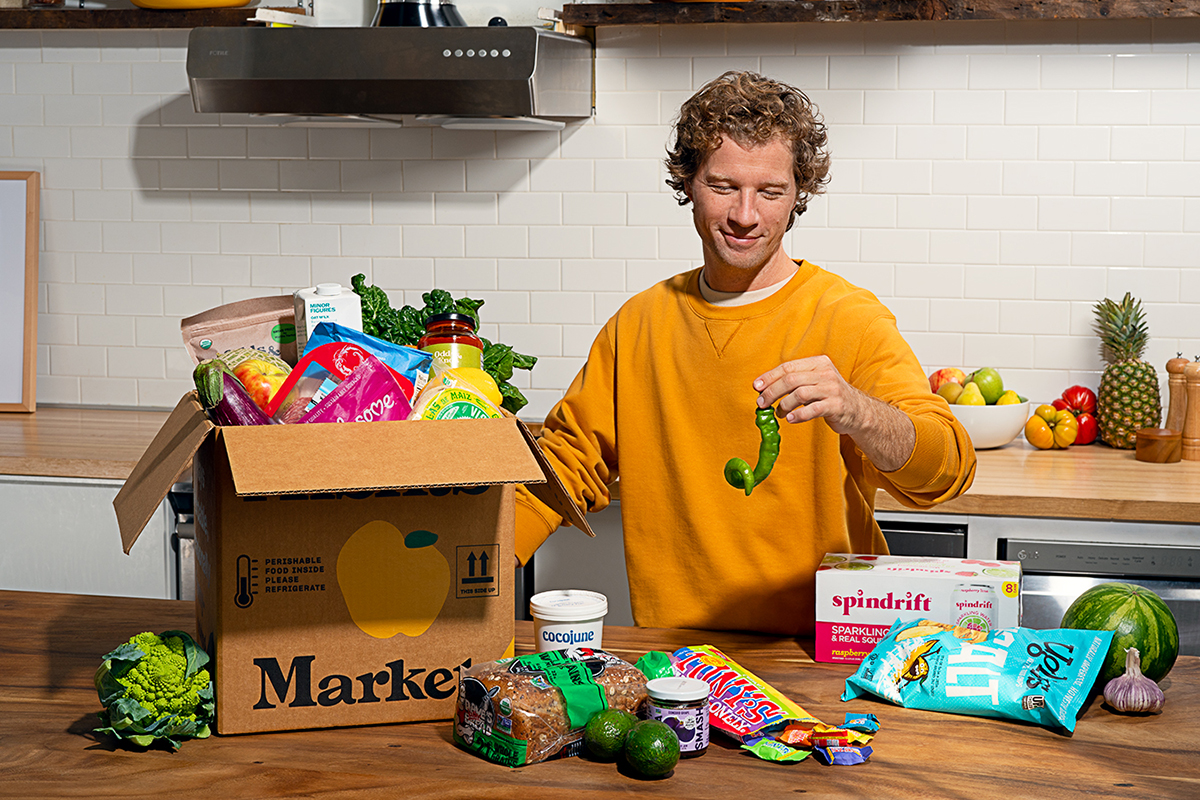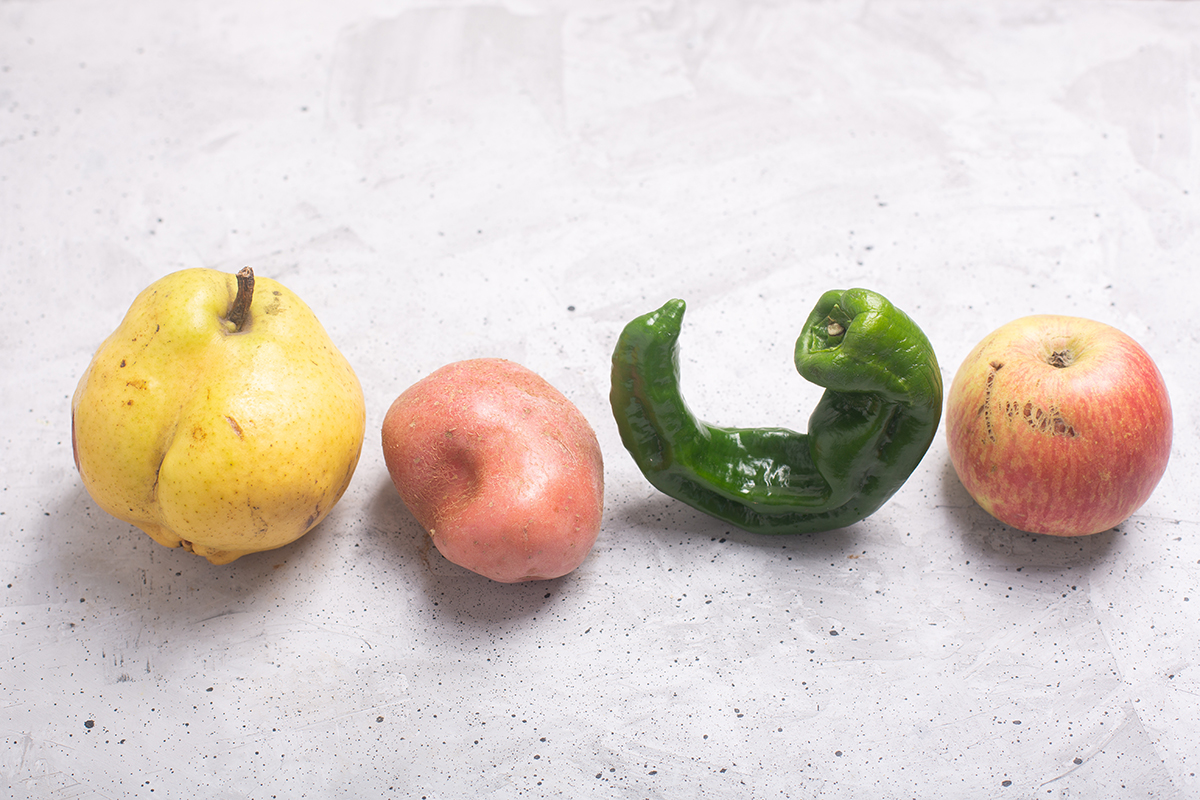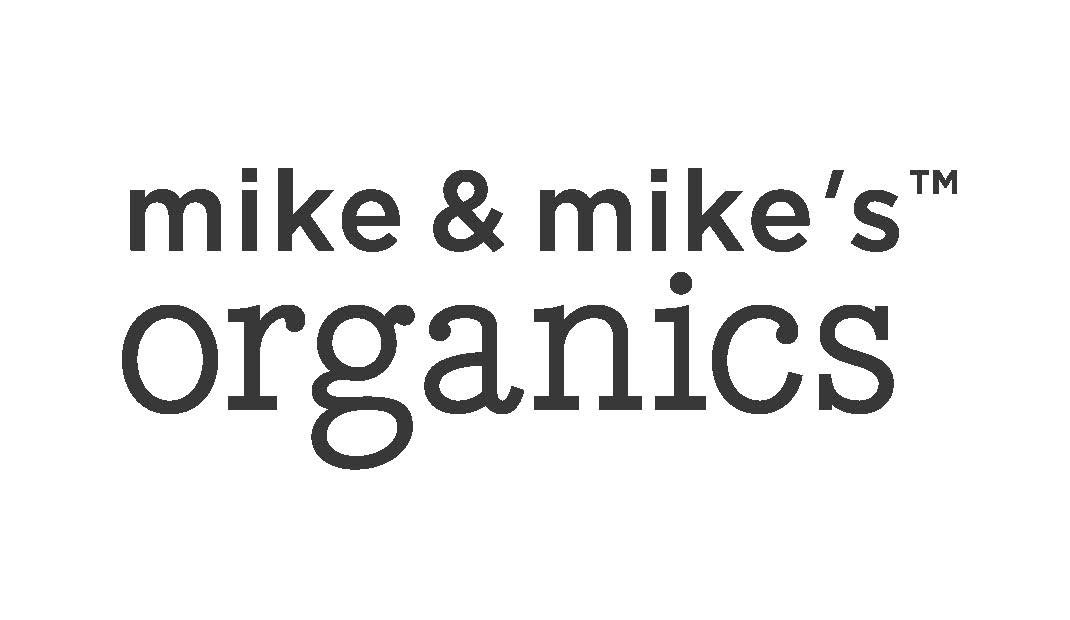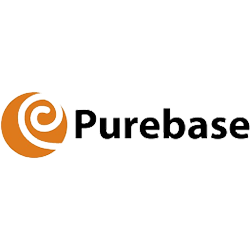At the grocery store, consumers are quick to discard fresh produce that isn't as visually pleasing. The slightly bruised peach, the pitted cucumber or the knobby carrot are often passed over for more cosmetic choices.
This bias is real, according to a Columbia Business School study, “From People to Produce: How Appearance Bias Fuels Food Waste.” According to author Jonathan Sperling, the study finds that people who believe outward appearances reflect inner character are more likely to reject unattractive fruits and vegetables.
Roughly 40% of produce in the U.S. goes uneaten, and a significant share of that waste comes not from spoilage but from rejection based on appearance alone, the CBS study shows. Bruised apples, spotted bananas and oddly shaped vegetables are often discarded by farmers, retailers and consumers — even when they are perfectly edible, Sperling says.
According to Sperling, key takeaways from the study include:
- Consumers' personal beliefs drive the rejection of ugly produce: Consumers who believe that a person's appearance reflects their character are more likely to view unattractive produce as lower-quality.
- Not everyone applies this logic: Consumers who do not hold this belief do not penalize ugly produce and, in some cases, even prefer it.
- An intervention can help: A simple message of “Different Outside. Same Inside” that highlights that unattractive produce is as tasty, nutritious and enjoyable as typical produce disrupts this behavior and increases consumers' willingness to purchase unattractive produce.
- The intervention was effective in both in-person field tests and Facebook ad campaigns and in two distinct cultures, the U.S. and Singapore, highlighting its broad applicability.
- Importantly, the intervention doesn't reduce acceptance among those who already accept unattractive produce, making it broadly deployable.
In The Packer's Sustainability Insights 2025, food waste reduction remains one of the strongest sustainability motivators for retailers. In 2025, 86% report donating food that would otherwise be wasted (84% in 2024). Nearly half (49%, up from 35% in 2024) partner with vendors who repurpose food and a similar proportion (48%) redirects surplus to in-store foodservice programs. However, only 8% currently partner with food waste reduction apps — suggesting an untapped potential for technology solutions.
Now, companies like Misfits Market, Beyond Berries and nonprofits like ReFED are trying to change the script, challenging shoppers to see that “ugly” doesn't mean inedible, and sometimes, imperfections can be part of the value.
How Appearance Bias Becomes Food Waste
Consumers who believe that outward appearance signals inner value are more likely to judge unattractive produce as lower in taste, nutrition or texture — and demand steeper discounts or avoid buying it entirely, the study shows.
According to ReFED data, about 28% of the 14.5 million tons of fruits and vegetables that are left unharvested on U.S. farms are because produce is unmarketable due to cosmetic appearance, says Sara Burnett, executive director of ReFED.
“Consumer demand is one of the strongest influences for what foods make it to market and on to your plate,” Burnett says. “The foods that are in demand will influence what a farmer grows, what they harvest and what makes it to store shelves. The American consumer has come to expect fruits and vegetables that appear a certain way — free of blemishes or bruises, just the right shape and color. That means that produce that does not fit those standards is often rejected or left unharvested, creating a major source of food waste. In total, $13 billion worth of food goes unharvested or unsold on American farms every year.”
Consumer perception is one of the main challenges when it comes to bringing imperfect produce to market, Burnett says.
“We know that those fruits and vegetables that are oddly shaped or have a blemish are still edible, nutritious and tasty,” she adds. “Yet, because of their appearance, consumers perceive them not to be. Educating consumers about the scale of produce waste related to cosmetic standards, as well as the fact that these foods taste the same and have the same nutritional value, will be important for normalizing and increasing demand for imperfect produce. Overall, more than 43% of food that goes unsold or uneaten, what we call surplus food, is produce.”

Ugly Produce in the Marketplace
Misfits Market is one company on a mission to change that perception.
“We like to remind people that the produce we source is bred for quality and flavor first,” says Holly Eagleson, senior vice president of brand marketing for Misfits Market. “If it looks a little different, it's usually because of purely cosmetic or size differences caused by circumstances beyond a grower's control like extreme weather, which have nothing to do with nutrition or taste.”
Unfortunately, Eagleson says, outdated grocery store standards prevent this delicious food from getting to consumers, and farmers have to compost, till into the soil or even landfill some of their product because traditional stores won't accept it.
“We work directly with suppliers who'd otherwise take a loss on perfectly good food. By buying at a discount, we give them a reliable outlet and make sure high-quality food finds a good home, and our consumers get this great product at a discount,” she says.
Educating consumers is key for Misfits Market.
“We lean on education and storytelling across our channels and highlight farmer partnerships to show how rescuing these fruits and vegetables reduces waste, supports growers and lowers costs for customers. Recently, we rescued yellow dragonfruit that had a few tiny red spots from high winds — purely cosmetic flaws, while the fruit inside was as sweet as ever. We also tell stories about our mystery buys, like our partnership with Coke Farms in California's Salinas Valley, where we buy a rotating seasonal allium, e.g., red onions, white onions, spring garlic or shallots. It gives the farm a steady outlet for their harvest and gives our customers an extra-sweet deal, like 20% off onions,” Eagleson says.
Equally important, Eagleson says, is bringing consumers into the company's mission.
“Messaging like ‘this box helps fix the broken food system' invites shoppers to see their purchase as part of something bigger, fighting food waste, lowering greenhouse gas emissions and expanding access to better groceries,” she says. “When people know that choosing a misshapen apple or oversized squash is both good for them and good for the planet, they feel proud, not hesitant, to put it in their cart.”
Companies like Farmer Bob Beyond Berries are getting in on the ugly produce as well by using upcycled and zero-waste innovations. By using upcycled berries and combining them with whole, functional ingredients like dates, Farmer Bob Beyond Berries says it delivers on the rising consumer demand for sustainability and thoughtful food innovation.
According to company president Bob Underwood: “We're bringing true innovation to a category that hasn't seen much of it — frozen fruit. By using upcycled berries and combining them with whole, functional ingredients, we've created a product that's delicious, nutritious and delivers something entirely new to the freezer aisle.”
Challenges to Altering Consumer Perception
For Misfits Market, one of its biggest challenges early on was overcoming the assumption that “ugly” meant lower quality, Eagleson says.
“Shoppers are conditioned by decades of grocery merchandising to expect produce to be uniform, shiny and picture-perfect,” she says, “so when they saw a crooked cucumber or an oversized apple, their first question was whether it was safe or fresh enough to eat.”
Another hurdle has been shifting mindsets from “this is discounted because something's wrong with it” to “this is discounted because traditional standards are flawed.”
“That's a big leap,” Eagleson says. “We've had to consistently educate customers that these items are bred for flavor, packed with the same nutrition and often taste better than grocery store counterparts.”
“There's also the reality that food waste isn't top-of-mind for every shopper. Connecting the dots between rescuing produce and its environmental impact takes ongoing storytelling,” she adds. “We've leaned heavily on social media, sourcing spotlights and farmer partnerships to make the issue tangible, so people see not just the bunch of misshapen carrots in their box, but connect with the farmer whose harvest is being valued.”
Eagleson says the good news is that once people understand the connection, it clicks.
“Fighting food waste is one of those rare issues with overwhelming support, whether for environmental reasons, affordability or fairness to farmers,” she says. “More and more customers discover it's not just aligned with their values, it's something they can do to make an impact every week simply by shopping for groceries.”
Eagleson says Misfits Market saves an average of 500,000 pounds of food every week from waste or lesser outcomes like landfill, tilling into the soil, compost or animal feed, among others.
In 2024 Misfits Market saved:
- 28,486,547 pounds of food from going to waste
- 16,484,355 pounds of carbon emissions from entering the atmosphere
- 938,324,386 gallons of water from being wasted
The Columbia Business School study offers a compelling explanation for why so much edible food is discarded: not because it is spoiled but because it looks less than perfect. Bridging that perception gap with smart messaging, such as what Misfits Markets has employed, and creating stable, value-driven models for ugly produce, could help unlock massive waste reductions.
Your Next Read:















